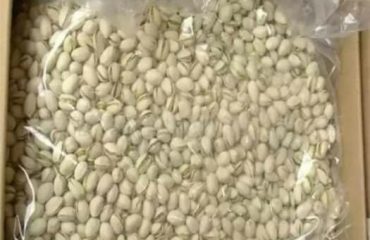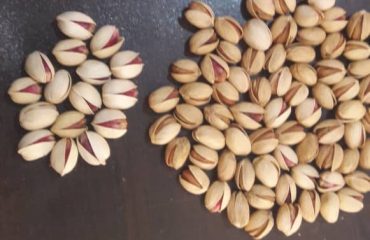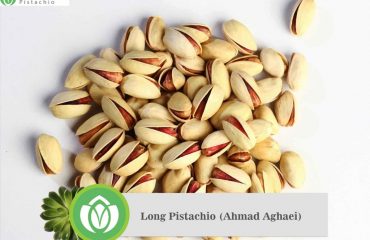Muhammad Ibn Jarir Tabari (3rd century AH) considered the emergence of pistachios to coincide with the establishment of Adam on the earth and wrote: Kernel fruits and ten types of skinless and kernel fruits, including: walnuts, almonds, pistachios, etc.
Masoudi, a historian and traveler of the fourth century AH, wrote in his book, The Promoter of Gold and the Jewels of Al-Jawahir:
The Torah also mentions pistachios. In chapter 43 of Genesis, it is stated that “Jacob, when sending his sons to the court of Joseph the ruler, advised them to bring him some of the produce of their land. Among these offerings are honey, tragacanth, and pistachios.” Various sources express different opinions about the origin of pistachios: a French author considers it native to Iran, Saudi Arabia and Syria, the Encyclopامهdia Britannica considers pistachios to be native to Iran, the American encyclopedia considers pistachios to be from West Asia. Asia Minor attributes that in the book of Persian encyclopedia of the Middle East and Mediterranean regions and in the book of Al-Munajjid, Turkestan is mentioned as the birthplace of pistachio.
Pistachio is a plant that has long been cultivated in different parts of Iran. Wild forests and pistachio carpets in the northeastern region of Iran and the areas bordering Turkmenistan and Afghanistan have an ancient history and it is thought that the pistachio tree was domesticated and cultivated in Iran about 3-4 thousand years ago. .
Sabzevar and Sarakhs are considered as the oldest pistachio cultivation areas. The history of pistachio cultivation in Damghan, Semnan and Qazvin is attributed to the seventh century AH and in Kerman province to the twelfth century AH. Pistachio cultivation in other parts of Iran has a history of 150-200 years. Despite the long history of Iranian pistachio cultivation, pistachio cultivation has developed more and more in recent decades.




